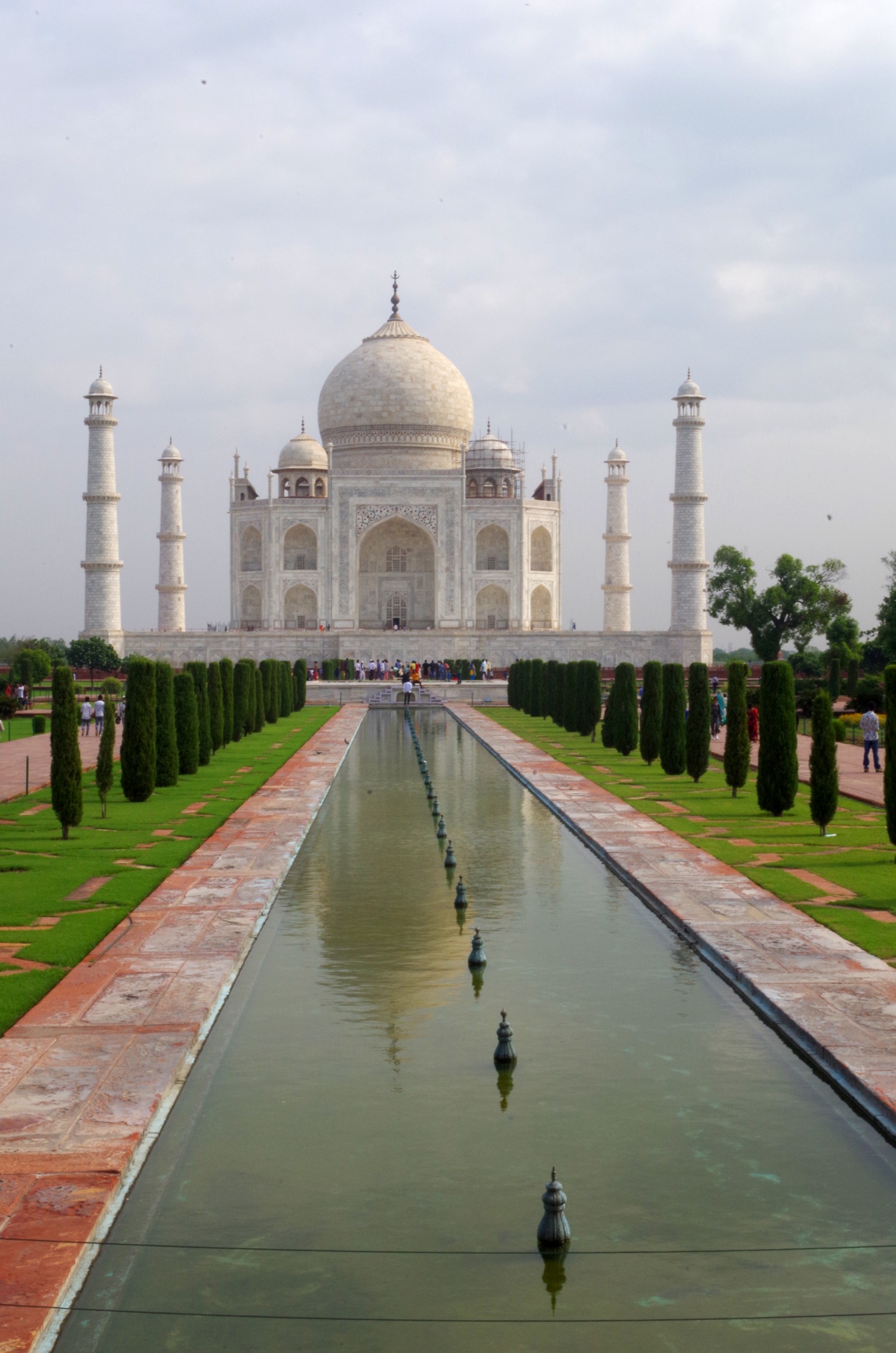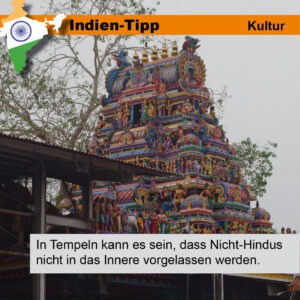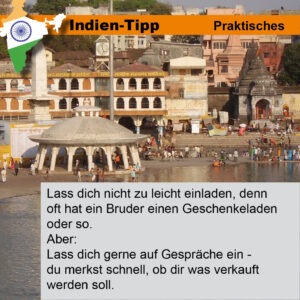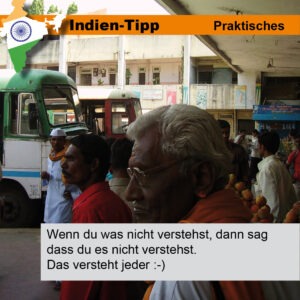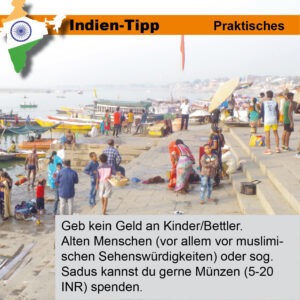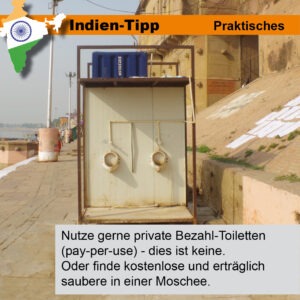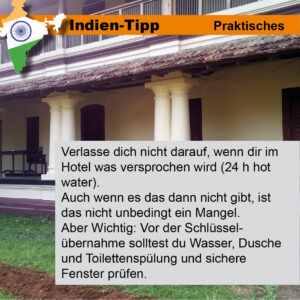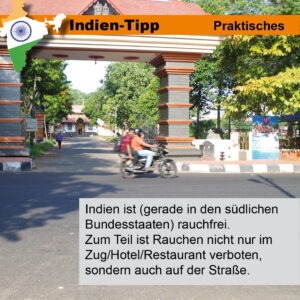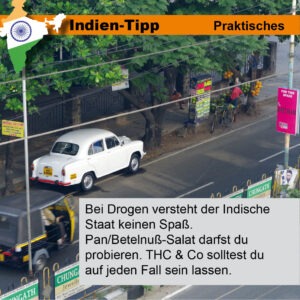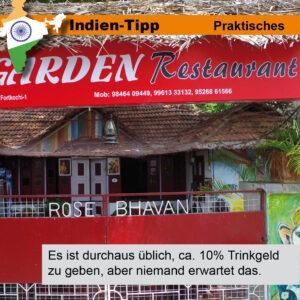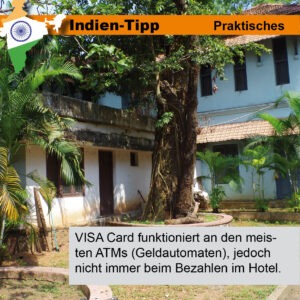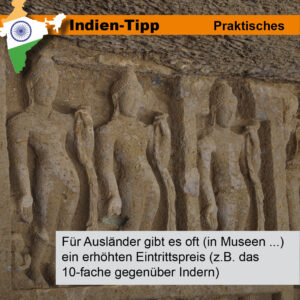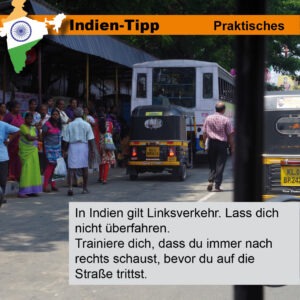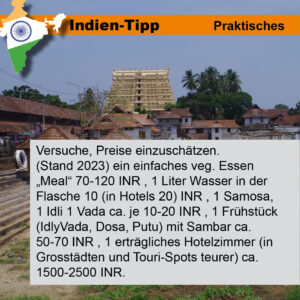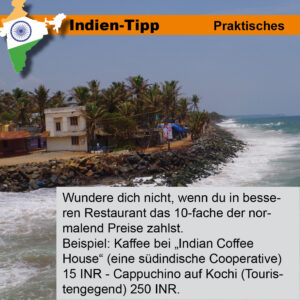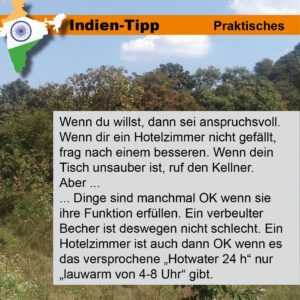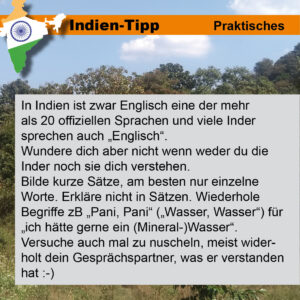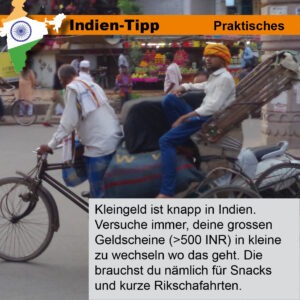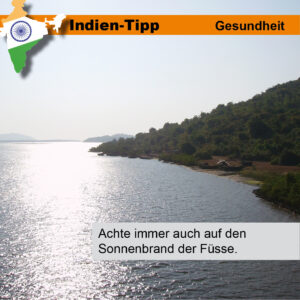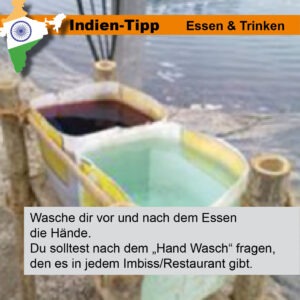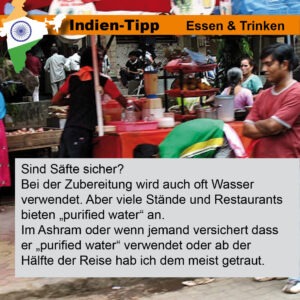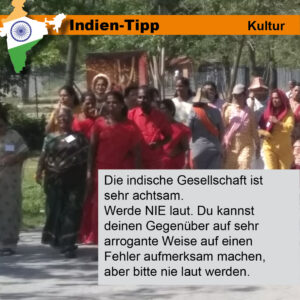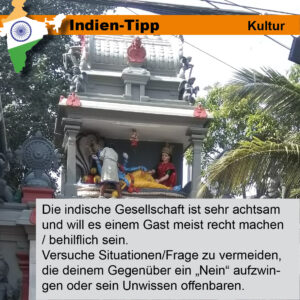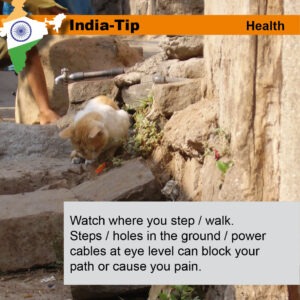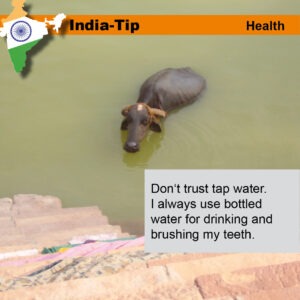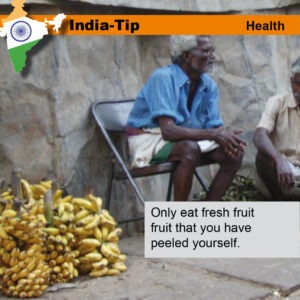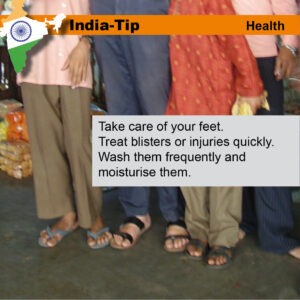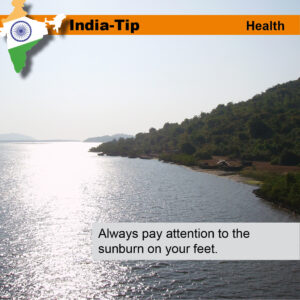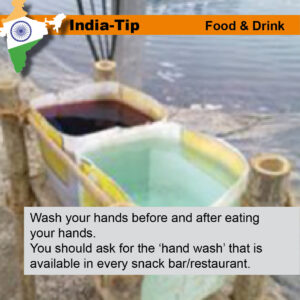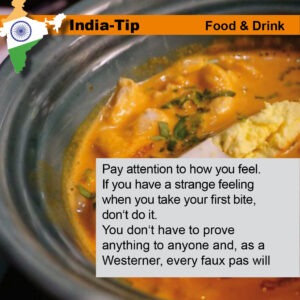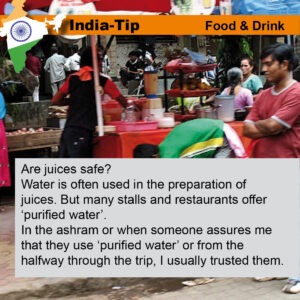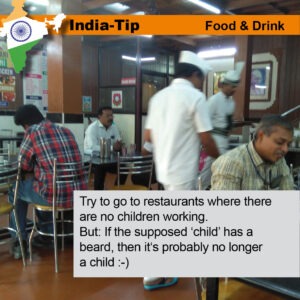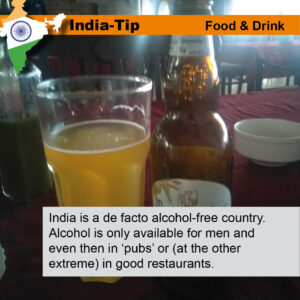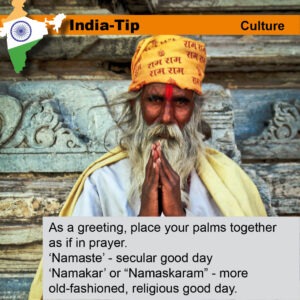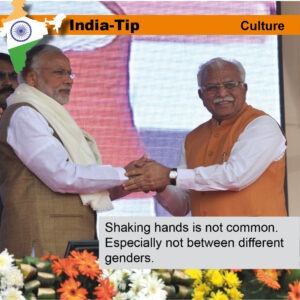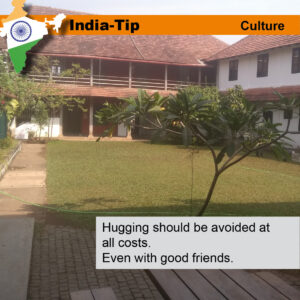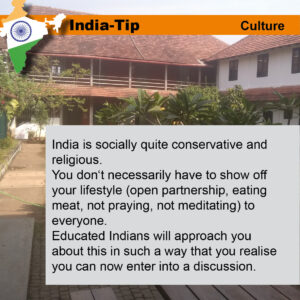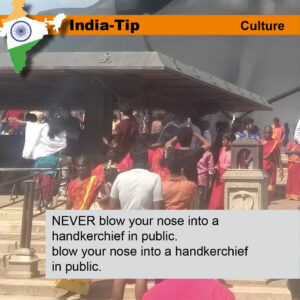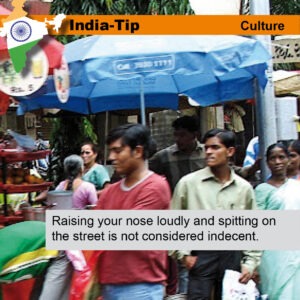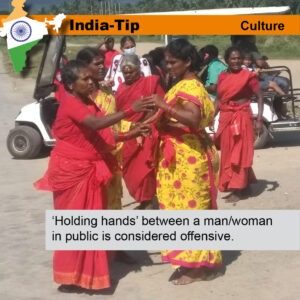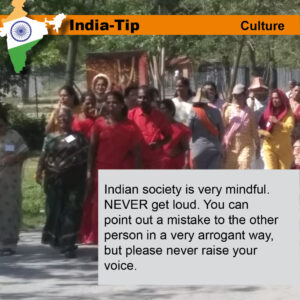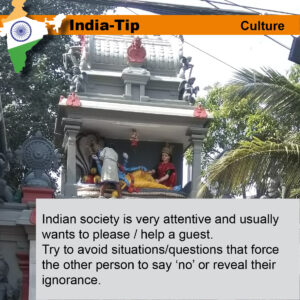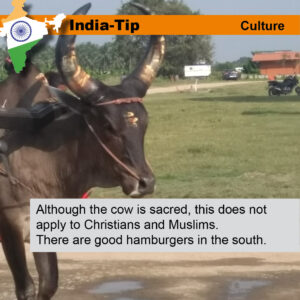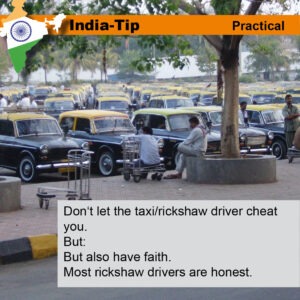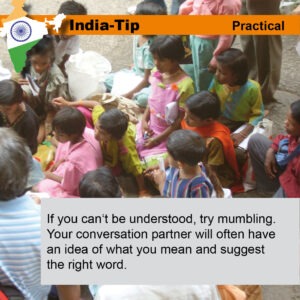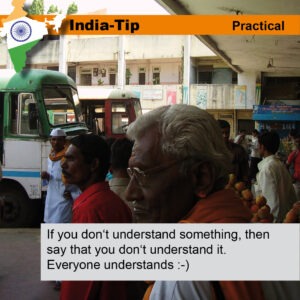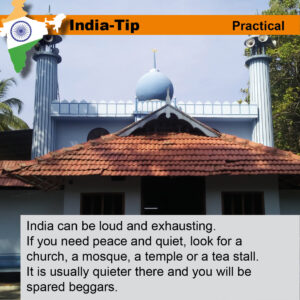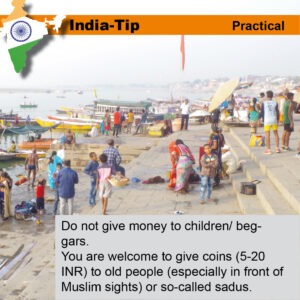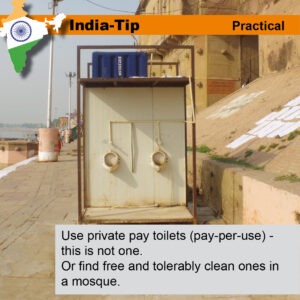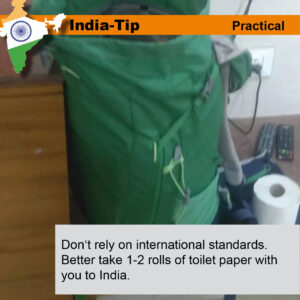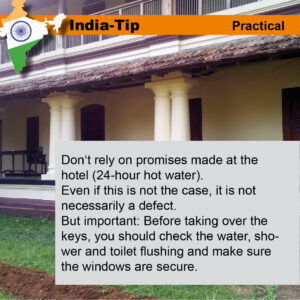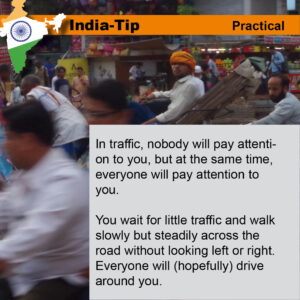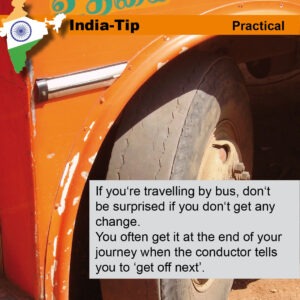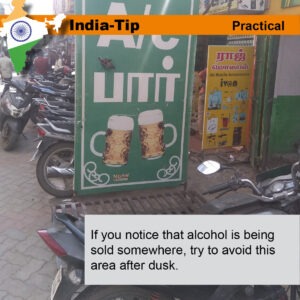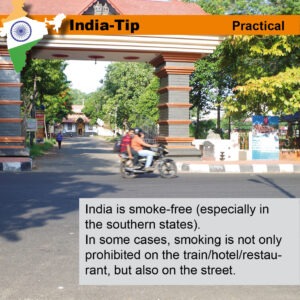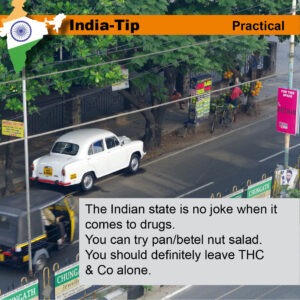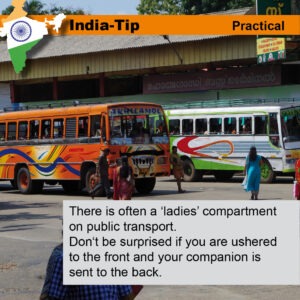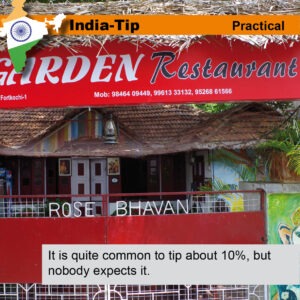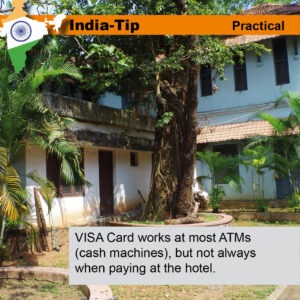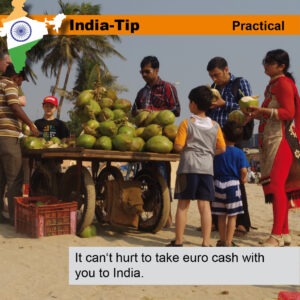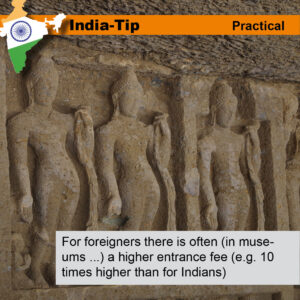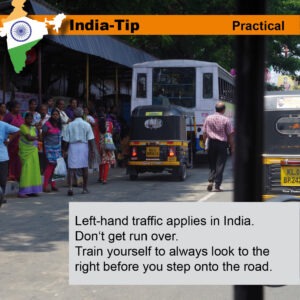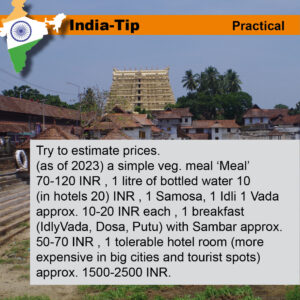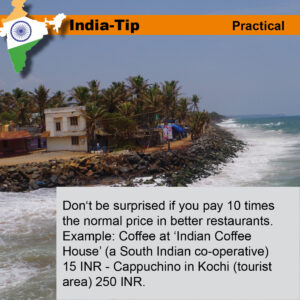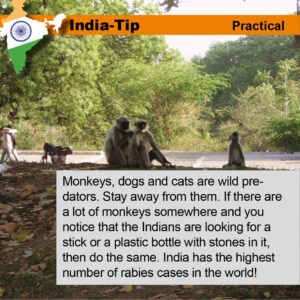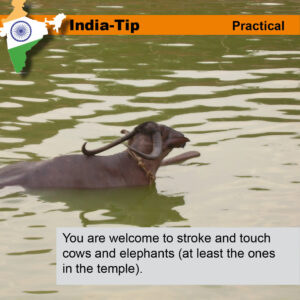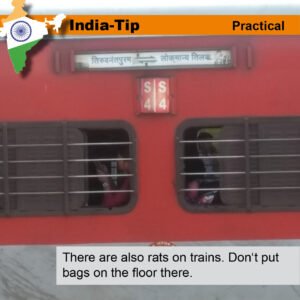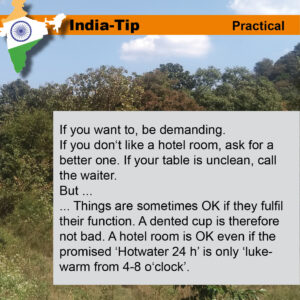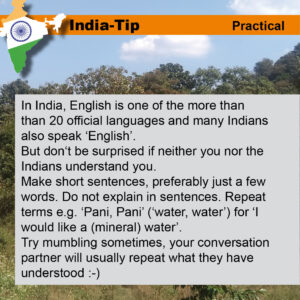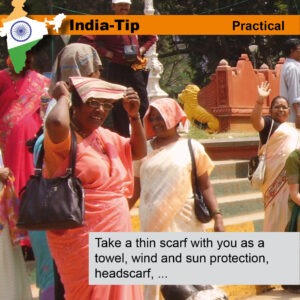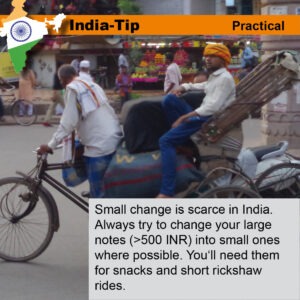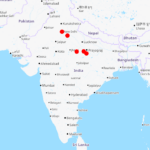
Delhi – Agra – Khajuraho – Varanasi – Allahabad – Delhi
After numerous trips to the south of India, it’s about time I went to see the world-famous Taj Mahal. So here we go.
In the course of the trip it will turn out that the eternal city of Varanasi will impress me far more.
DelhiNew Delhi offers a fascinating mix of history and modernity. The old city in particular, known as Old Delhi, is a vibrant center full of cultural and historical treasures. Here you will find the majestic Red Fort, the impressive Jama Masjid and the bustling Chandni Chowk market, famous for its vibrant bazaars and culinary delights. I chose Old Delhi as the start of my trip. It was there that I contracted my first and only Delhi Belly (a really unsightly upset stomach). I think it was due to an undercooked chicken curry. I also used New Delhi as an ideal starting point for my trip to Agra and Varanasi. |
Agra with the Taj MahalAgra, a historic city in the Indian state of Uttar Pradesh, is known worldwide for the breathtaking Taj Mahal, which is why I planned this trip. This architectural masterpiece, a symbol of eternal love, was built in the 17th century by Shah Jahan in memory of his beloved wife Mumtaz Mahal. The Taj Mahal, one of the New Seven Wonders of the World, impresses with its majestic marble structure, ornate inlay work and the harmonious gardens that surround it. It really is. The best time to visit the Taj Mahal is early morning. The light is said to be particularly good. I actually managed to be there between 7 and 8 in the morning. And there were actually very few tourists there at this time and I didn’t have to queue at all. In addition to the Taj Mahal, Agra also offers other important sights such as the Agra Fort and the Itimad-ud-Daulah Mausoleum, often referred to as the “Baby Taj”. Together, these historical sites make Agra a must-visit destination for any traveler to India who wants to immerse themselves in the country’s rich history and culture. |
KhajurahoKhajuraho, a small town in the Indian state of Madhya Pradesh, is famous for its breathtaking temples, which are a UNESCO World Heritage Site. I can only recommend a trip here, as this place is a little off the beaten track. These temples, built between the 9th and 11th centuries by the Chandela dynasties, are known for their impressive architecture and detailed sculptures depicting scenes from everyday life, mythology and also the Kama Sutra. The erotic sculptures depicting the Kama Sutra are particularly impressive. These works of art bear witness to a time when sexuality was celebrated openly and as part of human life. They illustrate not only the physical, but also the spiritual and emotional dimension of relationships. By today’s standards, I don’t find the depictions offensive. If you like, you can also travel to Khajuraho with children to see the temples. |
VaranasiVaranasi, also known as Benares or Kashi, is one of the oldest continuously inhabited cities in the world and a central sanctuary for Hindus. Situated on the banks of the holy river Ganges, Varanasi is a major spiritual center that attracts millions of pilgrims and tourists every year. The infrastructure in Varanasi is good; I had no trouble finding a guesthouse. The ghats of Varanasi, a series of steps leading down to the Ganges, are the heart of the city. Over 80 ghats stretch along the banks of the river, each with its own history and significance. The Dashashwamedh ghat is the most famous and vibrant, known for the daily Ganga Aarti, an impressive ceremony in honor of the river. Pilgrims visit the ghats to bathe in the holy waters of the Ganges, which are believed to be purifying and forgiving of sins. I didn’t dare to bathe in the Ganges because of the pollution. However, I really enjoyed the religious ceremonies at the ghats. My decision to stay in Varanasi for several days was a good one. Manikarnika Ghat is one of the holiest and at the same time most fascinating places in Varanasi, as it serves as an important cremation site. Here, Hindus believe that cremation, subsequent cremation and offering the ashes to Mother Ganges can break the cycle of rebirth and achieve moksha (liberation). |
SarnathFrom Varanasi, we made a detour to Sarnath, an important Buddhist pilgrimage site. It was here that Buddha gave his first discourse after his enlightenment, the so-called Dharmachakra Pravartana (the turning of the wheel of Dharma). Sarnath is home to numerous important Buddhist monuments, including the Dhamek Stupa, the Mulagandhakuti Vihara and the Ashoka Pillar, which was erected by Emperor Ashoka in the 3rd century BC. Sarnath is a place of deep spiritual and historical heritage that attracts visitors from all over the world. For me, the trip to Sarnath was a day trip from Varanasi. |
AllahabadAllahabad, now known as Prayagraj, is a historic city in the Indian state of Uttar Pradesh. It lies at the confluence of the three holy rivers Ganges, Yamuna and the mythological (virtual) Saraswati, known as Triveni Sangam. These confluences make Allahabad an important pilgrimage destination, especially during the Kumbh Mela, one of the largest religious festivals in the world. The city is also home to important historical and cultural sites such as the Allahabad Fort and the Anand Bhavan, the former residence of the Nehru family. Here I treated myself to a luxury overnight stay in an old renovated villa. I was the only guest and was pampered with very good vegetarian food by 3 or 4 members of staff. |
DelhiBack in Delhi, I relaxed, visited the Bahai temple and enjoyed the delicious street food here in the capital. I particularly recommend the vegetable momos, which are not available in southern India. |

